REGROW Policy brief no. 1
Wildlife corridors are linear structures which serve as linkages that connect two or more habitats or protected areas. The Tanzania Wildlife Conservation Act #5of 2009[14] defines corridors as an area of land used by wild animal species during their seasonal movements from one part of the ecosystem to another in search of basic requirements such as water, food, space and habitat. Corridors are important for conservation of landscape biodiversity because they support positive interactions between several components of ecosystems and maintain ecological functions. Migratory mammals, for example, are very sensitive to impacts of environmental changes like drought which lead to shortage of forage and water supply. Nevertheless, habitats connectivity between protected areas enable wildlife to access new resources from the nearby protected areas for them to survive. Like wise, presence of corridors support interactions between small groups of spatially separated populations(meta-populations), thus enhance genetic flow and reduce inbreeding risk. Explicitly, improved management of wildlife corridors promote growth of tourism industry. For instance, decadal movements of migratory wildebeest between the Serengeti and Maasai Mara National Parks has attracted thousands of tourists and generates approximately 12billionUSdollars every year [12; 13]. Thus, the government of Tanzania envision increase in national revenues and economic growth if all wildlife corridors in the country will
remain protected. Concurrently, similar efforts will help to reduce human-wildlife conflicts which are known to influence food insecurity, human injuries/kills, livestock loss and properties damage.
For more please download and read and Interested policy brief
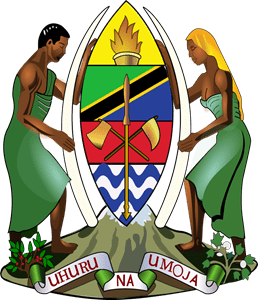
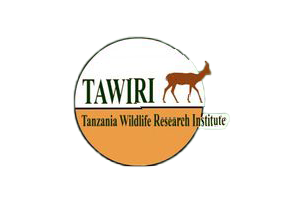

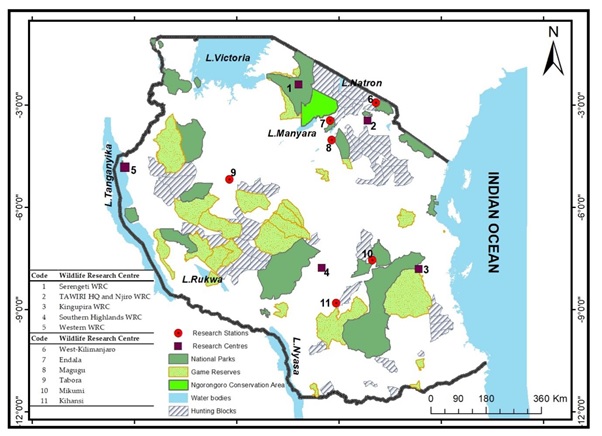

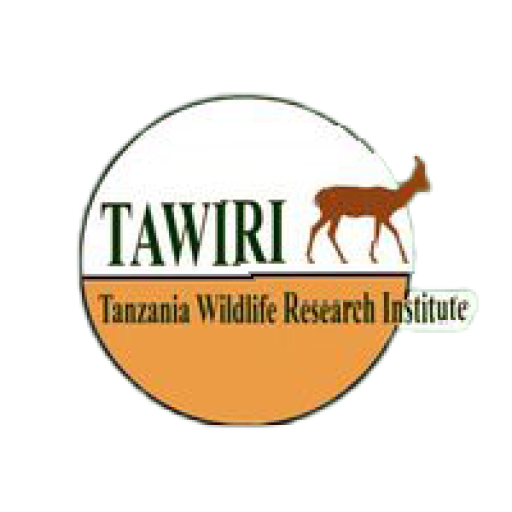
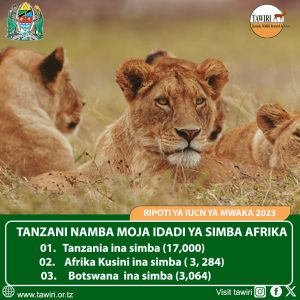
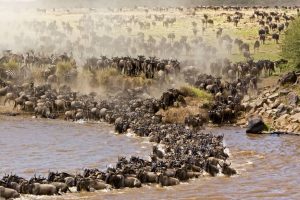





 Users Today : 86
Users Today : 86 Users Last 7 days : 665
Users Last 7 days : 665 Users This Month : 748
Users This Month : 748 Total Users : 16171
Total Users : 16171